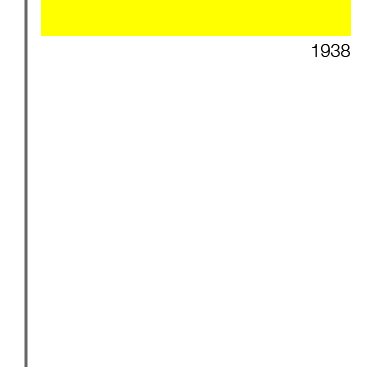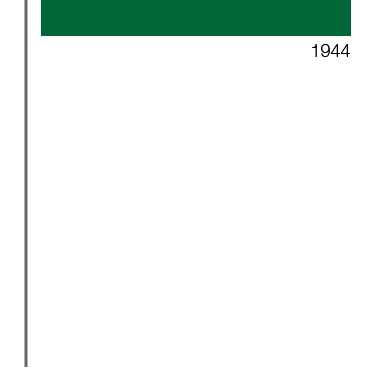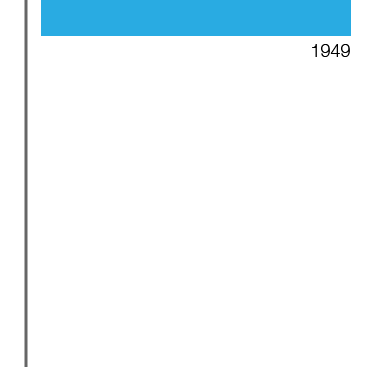Narrative timeline
We want to know why we exist. We want to know the answer to the questions of from whence we came and to where we go. We do not know but we keep searching anyway. Perhaps we come close to it when we are creating something of lasting beauty. Cannot we all be eternal?
– Mary Henry 1913–2009

















